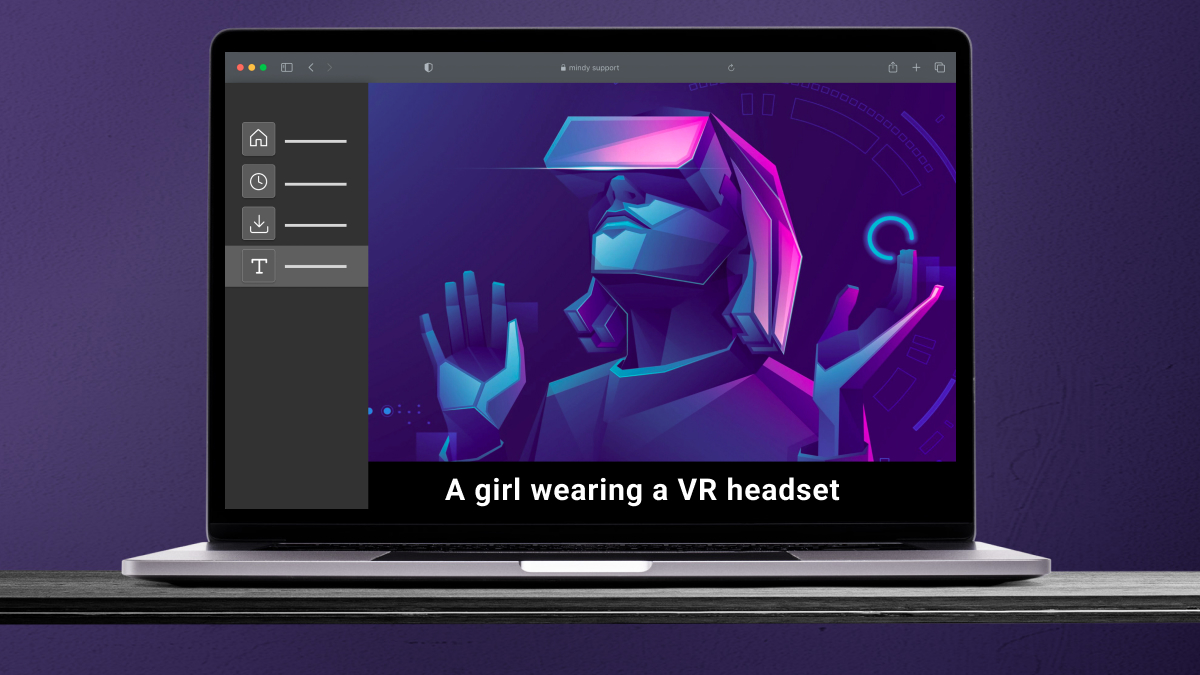AI Image Generation is Changing the Way Companies Work
In our previous article, we wrote about an AI system that could generate texts and could be used by companies to generate better content. However, generative AI can also create images, which can also be useful to businesses to create more diverse and interesting content that appeals to a wider range of people. The images created by AI may replace the market for stock photos and lead to a renaissance of creative work. In this article, we will talk about how AI systems generate images, their business applications, and the data annotation necessary to create them.
What is Generative AI?
Generative AI is an AI system that can create, or generate original content, for example, artwork, music, and text. With generative AI, computers detect the underlying pattern related to the input and produce similar content. There are various techniques, such as:
- Generative adversarial networks (GANs) – GANs are two neural networks: a generator and a discriminator that pit against each other to find an equilibrium between the two networks.
- Transformers – The most widely known example of transformers are GPT-3, LaMDA, and Wu-Dao, which imitate cognitive attention and differentially measure the significance of the input data parts. They are trained to understand the language or image, learn some classification tasks and generate texts or images from massive datasets.
- Variational auto-encoders – The encoder encodes the input into compressed code while the decoder reproduces the initial information from this code.

What are the Business Applications for Generative AI?
AI image-generation tools can be useful in marketing. Currently, if somebody in the marketing department wants to add an image to a blog, they would need to either design it themselves, hire somebody to do it or buy a stock image. These options require your staff to spend time which adds to the cost of the content.. Generative AI has the potential to help marketers create striking, consistent, and relevant blog images. All they would need to do is seed a generative model with a description or a particular style and rapidly iterate through ideas. Although the result might not be as good as something created by a professional designer, the technology promises to provide fast, relevant, inexpensive, and consistent results.
Another interesting application is in the world of gaming. Developers use an inside term, “crunch,” which refers to compulsory overtime during the development of a game.
This often happens near the end of development, when the developers are working around the clock to finish the game. The crunch can have a negative effect on the developers, leading to burnout and poor mental health. Generative AI can help reduce or even eliminate crunch. Thanks to text-to-image and text-to-video, video games can now include visuals that are as creative as the story that unfolds before you. It is even possible to generate images of yourself as the hero of that story and in various situations.
It can also speed up the generation of ideas, storyline concepts, and narrative assignments for characters. This often frustrating creative process could be accompanied by a visual storyboard or even a video of the imagined concepts.
What Types of Data Annotation are Required to Create Generative AI?
The types of data annotation will depend on the dataset used to train the generative AI model. For example, if the model needs to take a text and turn it into an image, it needs to be able to understand all of the nuances of the text. This requires text annotation data annotation methods such as entity annotation, which involves locating, extracting, and tagging entities in text. This can be things like proper nouns, key phrases, various parts of speech, etc. In addition to this, entity linking may be necessary, which connects the entities that were annotated into larger repositories of data about them.
If the training dataset includes images, landmark annotation will be needed so that the AI system can recognize all of the facial features and indicate an object’s outline. Basically, this involves placing key points throughout the image, which would allow the system to understand things like facial expressions, gestures, and poses.
Trust Mindy Support With All of Your Data Annotation Needs
Mindy Support is a global company for data annotation and business process outsourcing, trusted by several Fortune 500 and GAFAM companies, as well as innovative startups. With nine years of experience under our belt and offices and representatives in Cyprus, Poland, Romania, The Netherlands, India, and Ukraine, Mindy Support’s team now stands strong with 2000+ professionals helping companies with their most advanced data annotation challenges.




